Where photography was born
Beautiful Lacock Abbey and the well-preserved, dream-like village of Lacock are located in the county of Wiltshire in the southwest of the UK. The historic National Trust abbey is within touching distance of the Cotswolds (AONB) and a perfect accompaniment to a Cotswolds tour.
When you visit Lacock Abbey, not only will you be enjoying centuries of history within the ancient manor and the abbey cloisters, but you’ll also be able to stroll around the beautiful estate and gardens.
Lacock Abbey is impeccably managed by the National Trust; the enthusiastic team members dotted around the house are passionate about the abbey and so well-informed they can't wait to answer any of your questions.
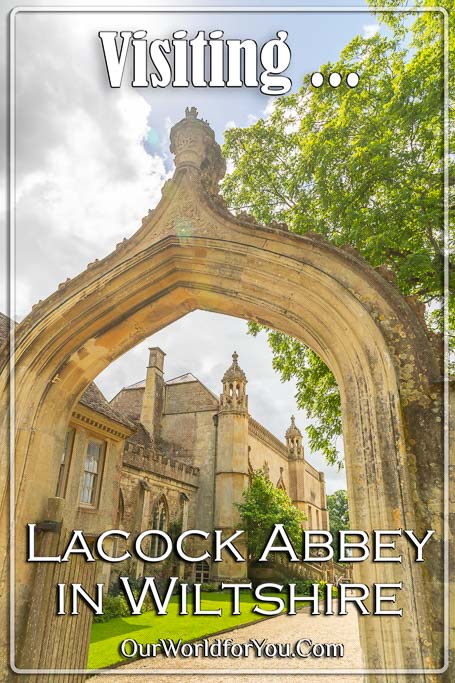
Where is Lacock Abbey
How to get to Lacock Abbey
- By Train
You can catch a direct train from London Paddington to Chippenham Station, 3 1/2 miles from Lacock Abbey. The journey time is around 70 minutes.
- By Car
Lacock Abbey in Wiltshire is 3 miles south of Chippenham. M4 exit 17 follow the signs for Chippenham and pick up the A350 signposted Poole/Warminster until you reach Lacock. There’s a free car park for National Trust members, or parking charges apply to non-members.
A little knowledge of Lacock Abbey
800 fascinating years of history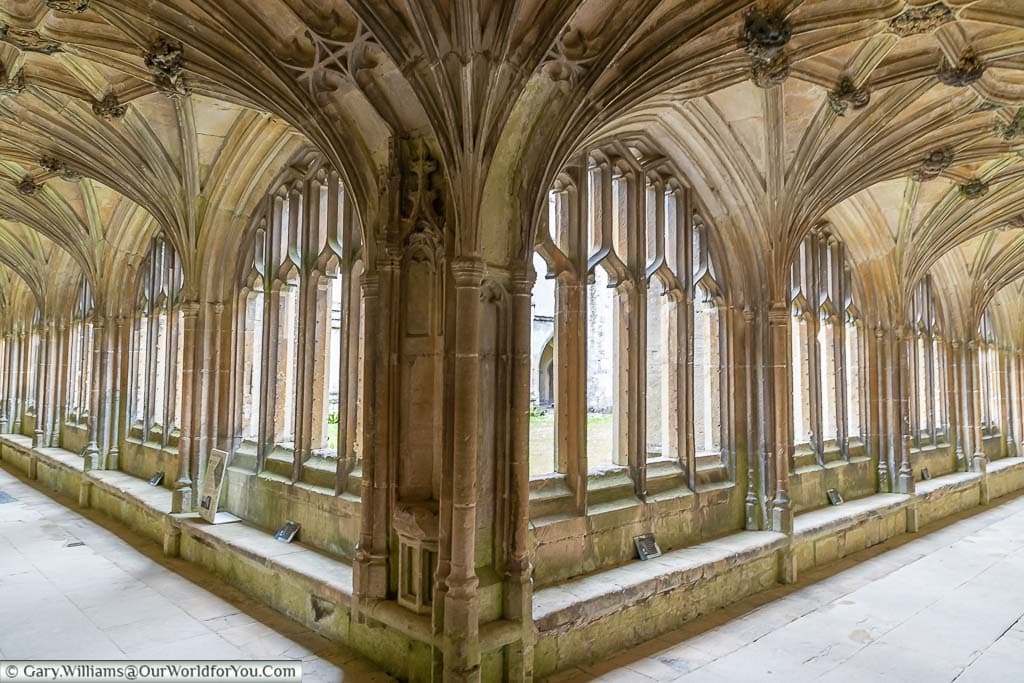
Lacock survived as a medieval nunnery until 1539, and the following year was sold to William Sharington. Sharington demolished the sacred abbey church and converted the convent into a grand family home. Fortunately, the cloisters survived. The stone acquired from the ruined church was used to build the octagonal tower on the corner of the country house.
Upon William’s death in 1553, Lacock was then owned by his brother Henry who was knighted by Queen Elizabeth I, following her stay at Lacock abbey.
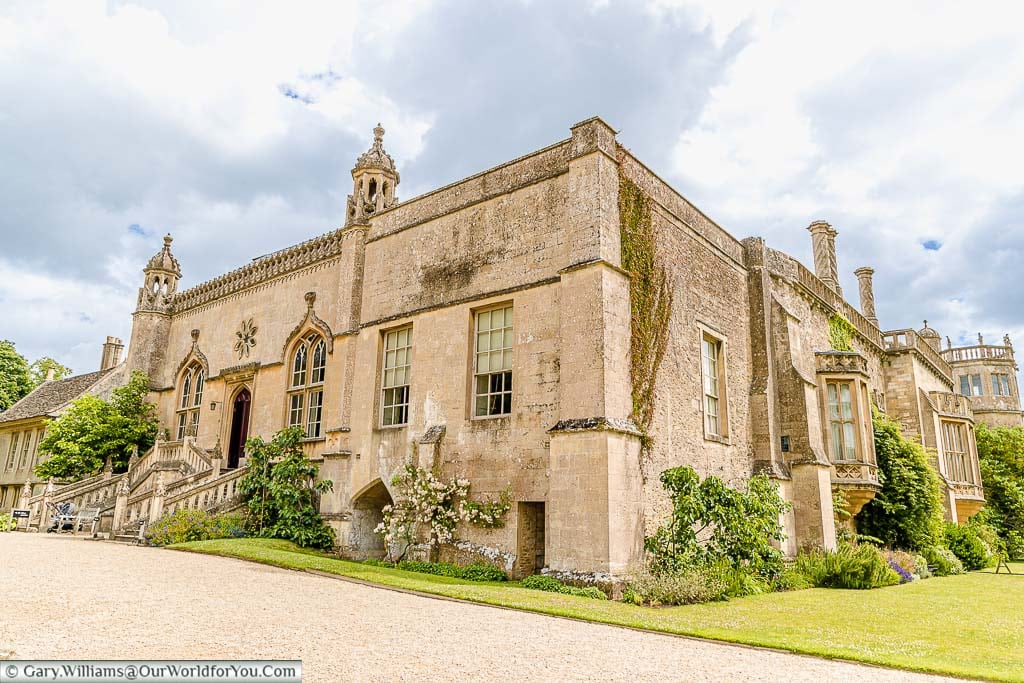
William Henry Fox Talbot inherited Lacock Abbey from his father at a very young age in 1800, when the estate was in debt. William and his family eventually moved into the manor house in 1827, and the famous scientist and ground-breaking photographer lived in the abbey until his death in 1877.
Lacock Abbey continued to pass down through the Talbot family until the artist Matilda Theresa Talbot donated the charming home and Lacock Village to the National Trust in 1944.
Fox Talbot Museum, Lacock Abbey
The birthplace of photography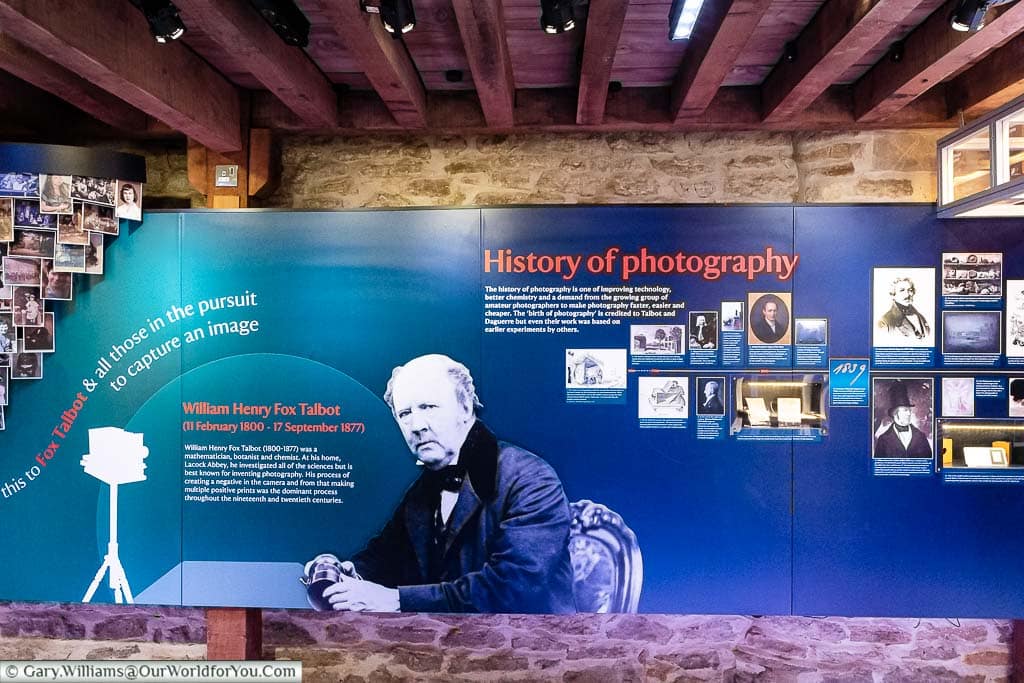
The delightful museum is housed in a 16th-century barn on the estate and was once used as stables. You’ll find an ever-changing photographic exhibition as well as the fascinating photography museum on the ground floor in the Upper Gallery.
The scientist, inventor, and polymath William Henry Fox Talbot was a pioneer of his generation. William was born in 1800 in Melbury, Dorset and inherited Lacock Abbey from his father.
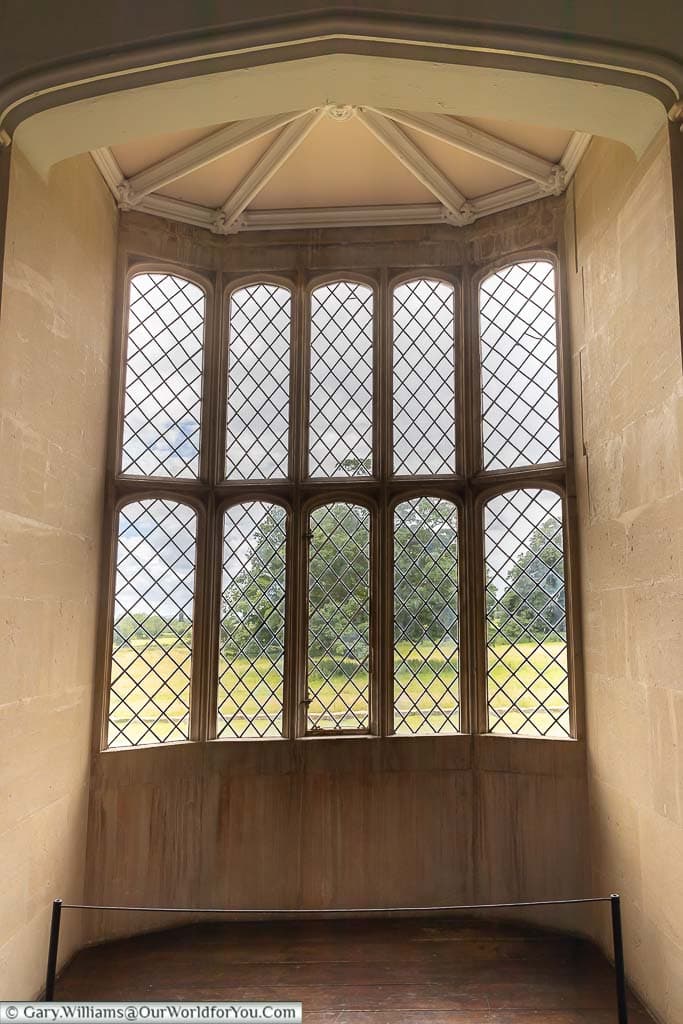
It was from within Lacock Abbey in 1835 that the Victorian photographer created the earliest surviving photographic negative.
While strolling around the manor house, you’ll see the exact spot and latticed Oriel window where the image was captured after many experiments. Incredibly, the tiny image is not much larger than a postage stamp.
Where to stay in Lacock
Visiting Lacock Abbey
The Fox Talbot family home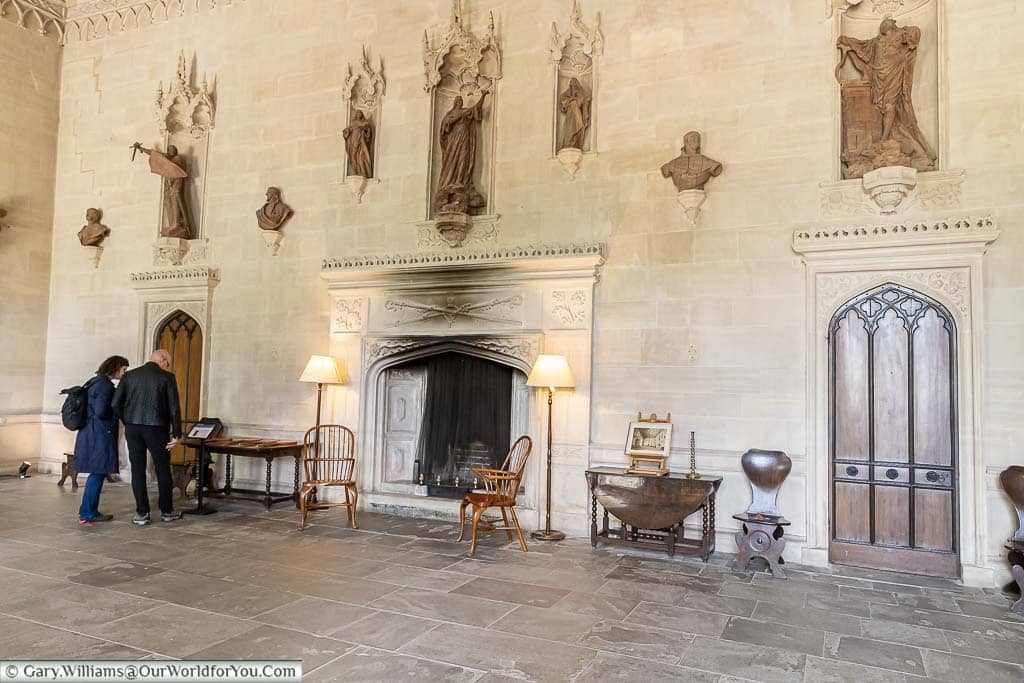
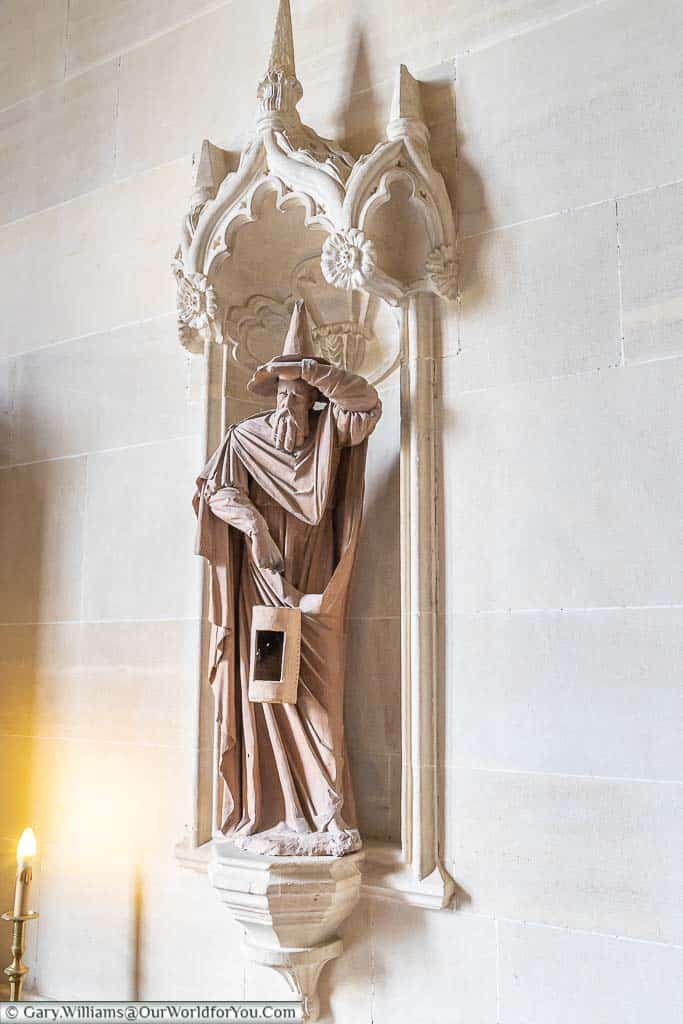
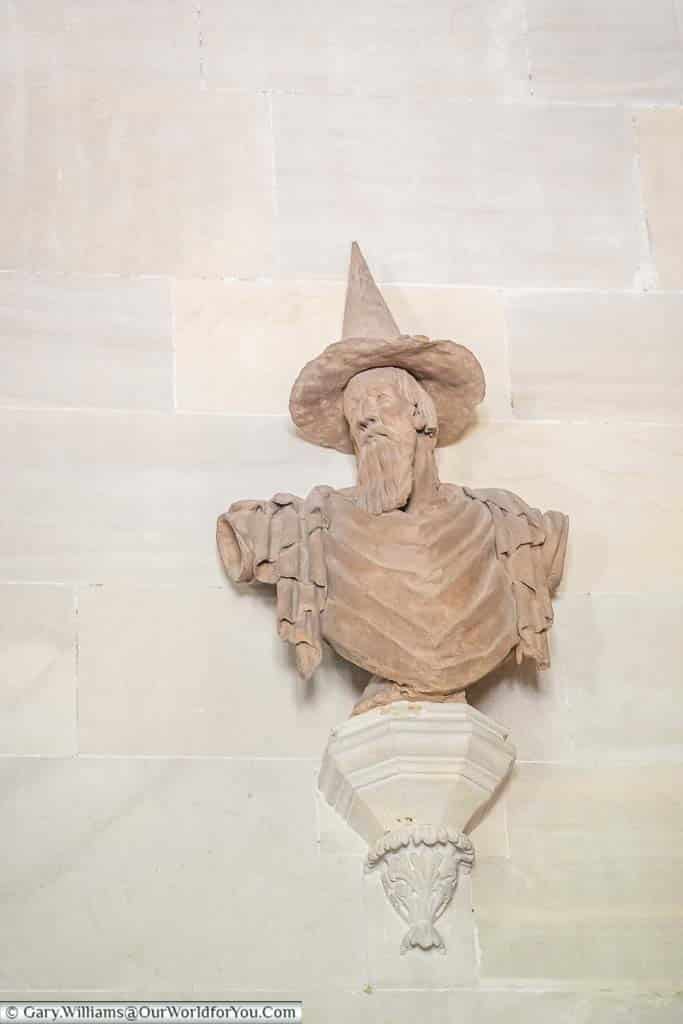
Strolling out of the great hall into the Brown Gallery, you’ll see lovely works of art, particularly the impressionistic piece of Lacock Abbey painted in 1942 by John Piper, an official war artist in World War II.
Along this corridor of the house, you’ll find the Cooking Room, Pulpit Room and Yellow Room. Many of the rooms and much of the home you see today are how the Fox Talbot family lived.
We discovered this fascinating book with tons of fun-filled facts about the county of Wiltshire.
Great to pick up and dive into to help you find out more of this glorious county.
Available in Kindle & Hardback editions, it's an excellent addition to anyone's collection who want to discover Wiltshire.
A tour of Lacock Abbey
The famous Oriel window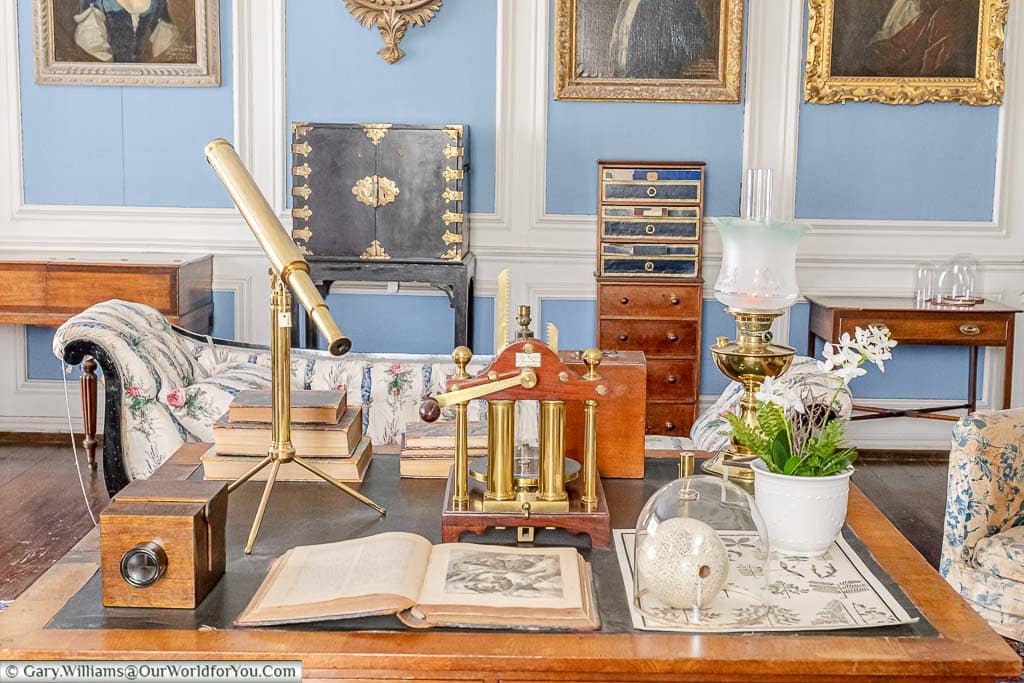
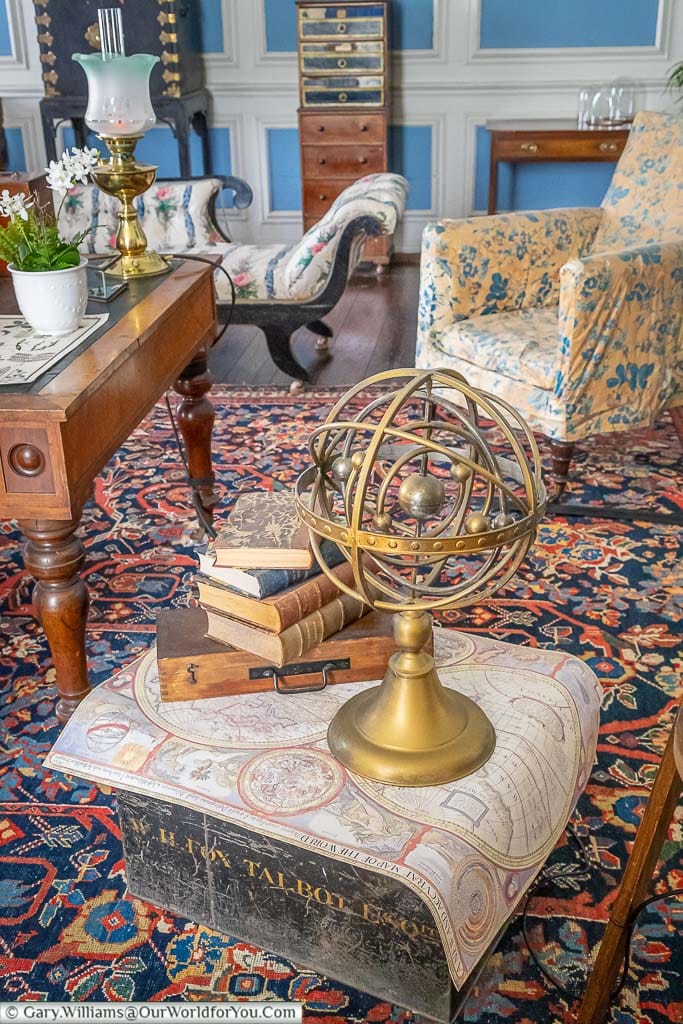
Leaving the Blue Parlour, we step down into the South Gallery, and the light in this section of the house was uplifting. The shimmering reflections on the Venetian Murano chandelier were amazing.
Here the Fox Talbot family would gather and enjoy playing music on their piano and listening to the enchanting melodies from the harp.
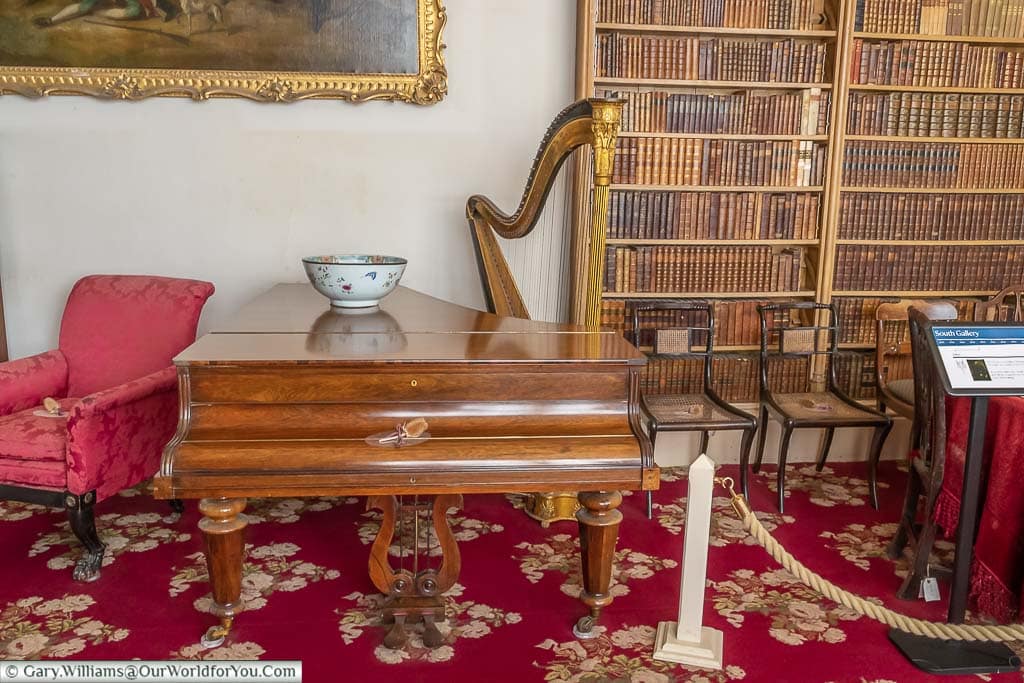
The South Gallery is lined with historic pieces of art, magnificent wooden bookcases, and family artefacts.
Wandering along the South Gallery, you’ll arrive at the Oriel lattice window; this famous window introduced the world to photography in August 1835. William Henry Fox Talbot created the calotype process and invented the paper-based photographic procedure of salt print.
As mentioned above, the image from the Oriel window is believed to be the earliest surviving photographic negative.
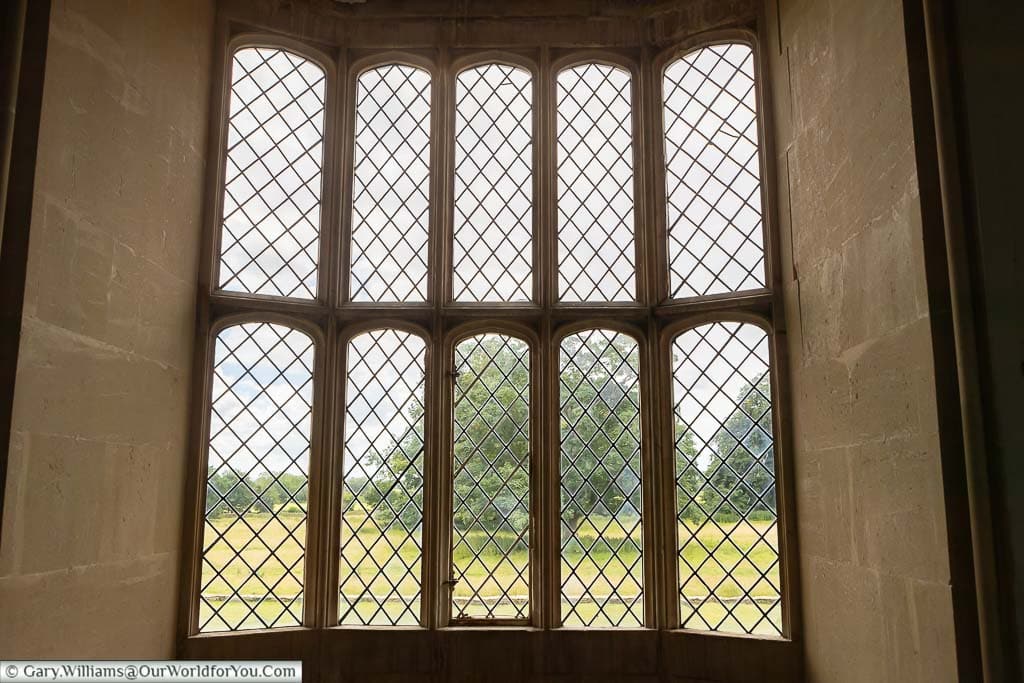
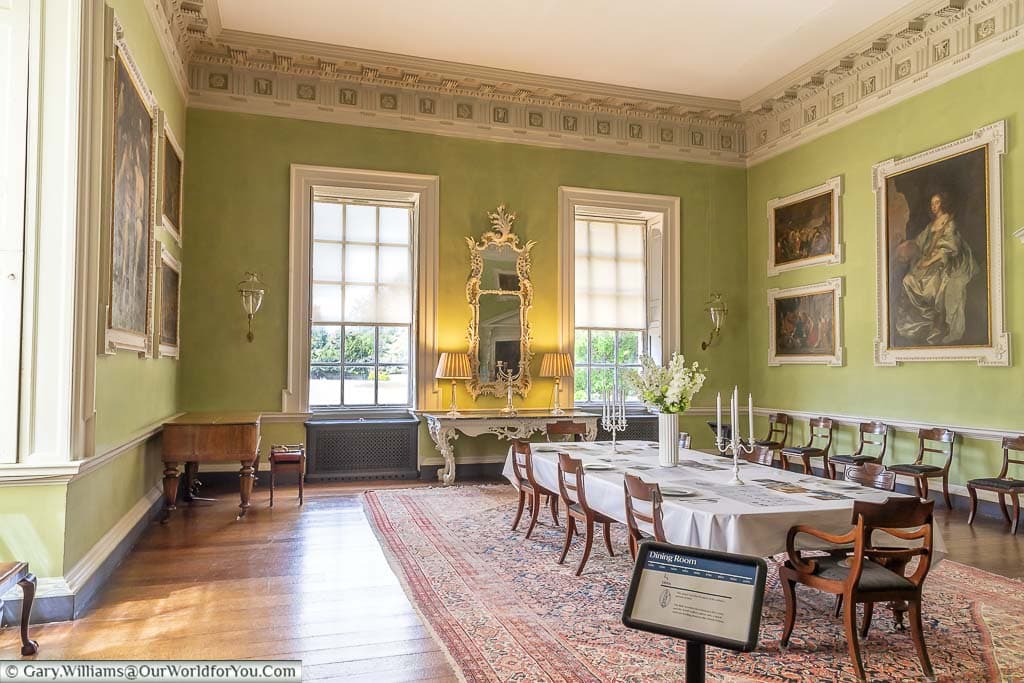
Hiking the Wiltshire Countryside
Lacock Abbey and Village are located in the lush county of Wiltshire. This region of England, along with the beautiful county of Somerset and the Mendips, is perfect for hikes. To explore 28 delightful circular walks in this region, you’ll want the Ordnance Survey Pathfinder guidebook no. 21.
Alternatively, why not purchase and download the OS Maps App, which covers all of Great Britain.
Visiting Lacock Abbey cloisters
A medieval treat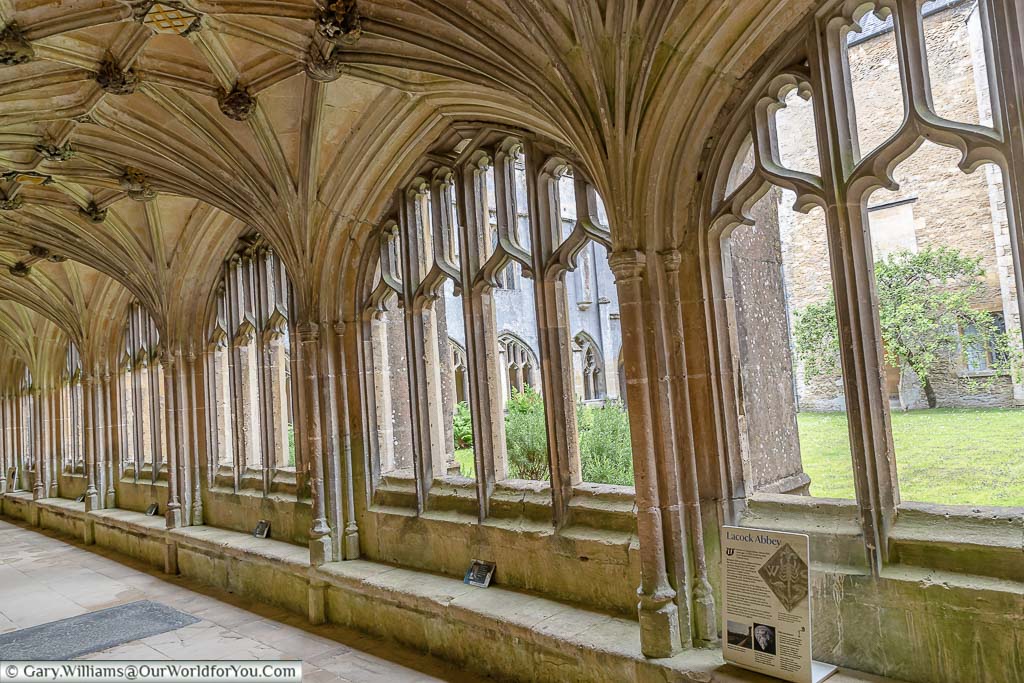
Lacock Abbey’s original cloisters were destroyed in the 1400s, although the magnificent medieval arcades you can visit today are spectacular.
The ornate cloisters surrounding the internal courtyard are so thought-provoking that you can imagine the resident nuns sweeping through the open corridors to prayer.
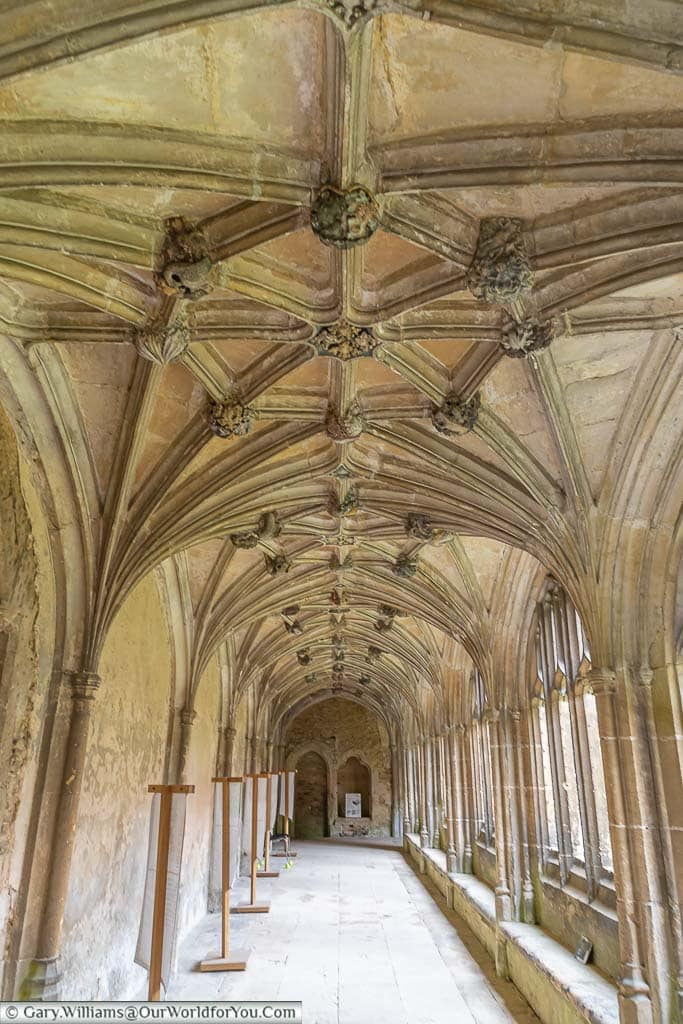
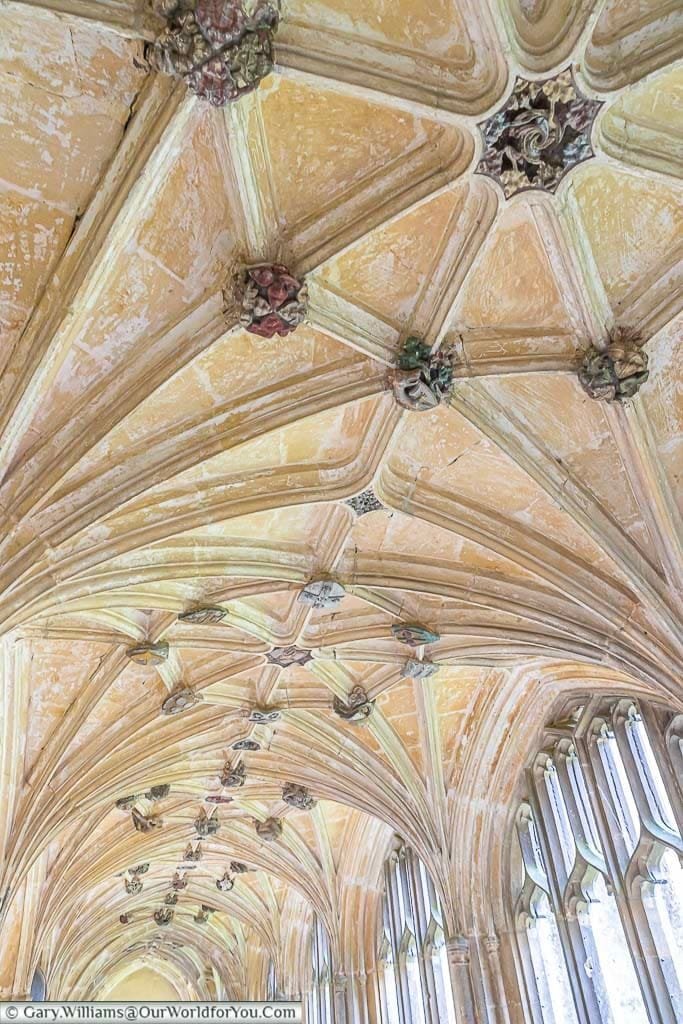
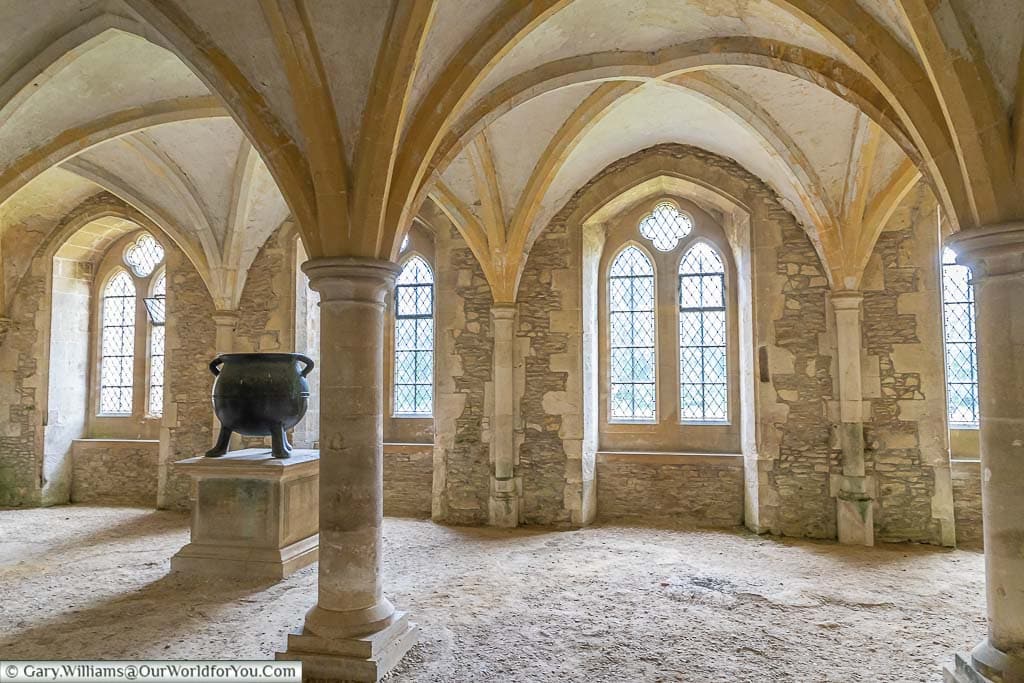
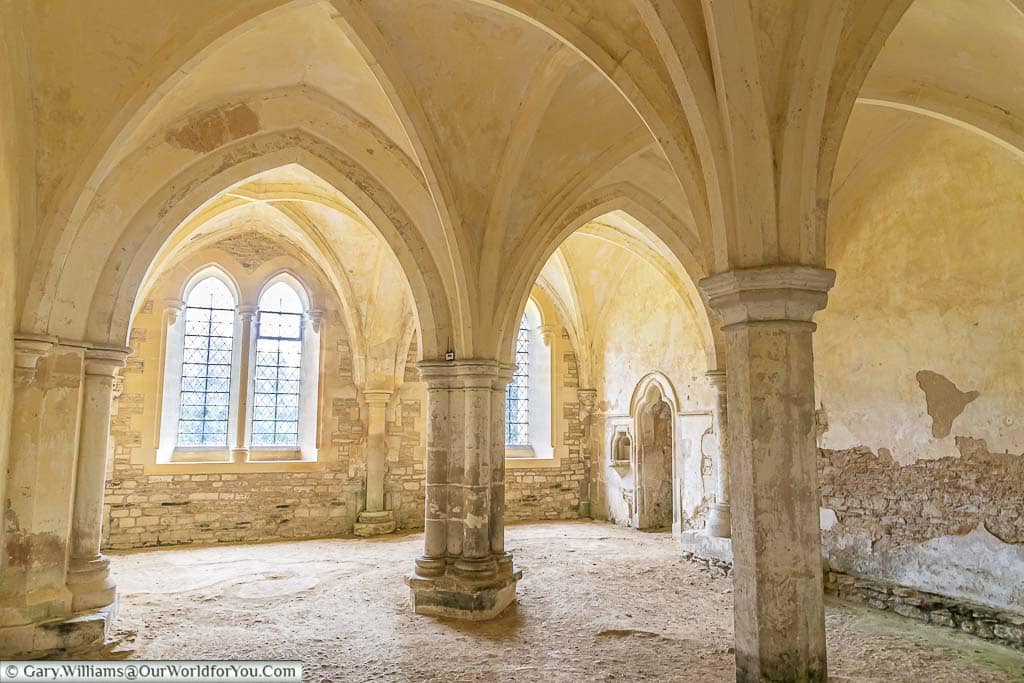
Escape for a few days
Are you in search of a tranquil hideaway to relax and unwind in, while you discover the beautiful British countryside?
Browse through the handpicked properties and unique retreats at Holiday Cottages.
Discover the Tudor stable courtyard
There’s even a brewhouse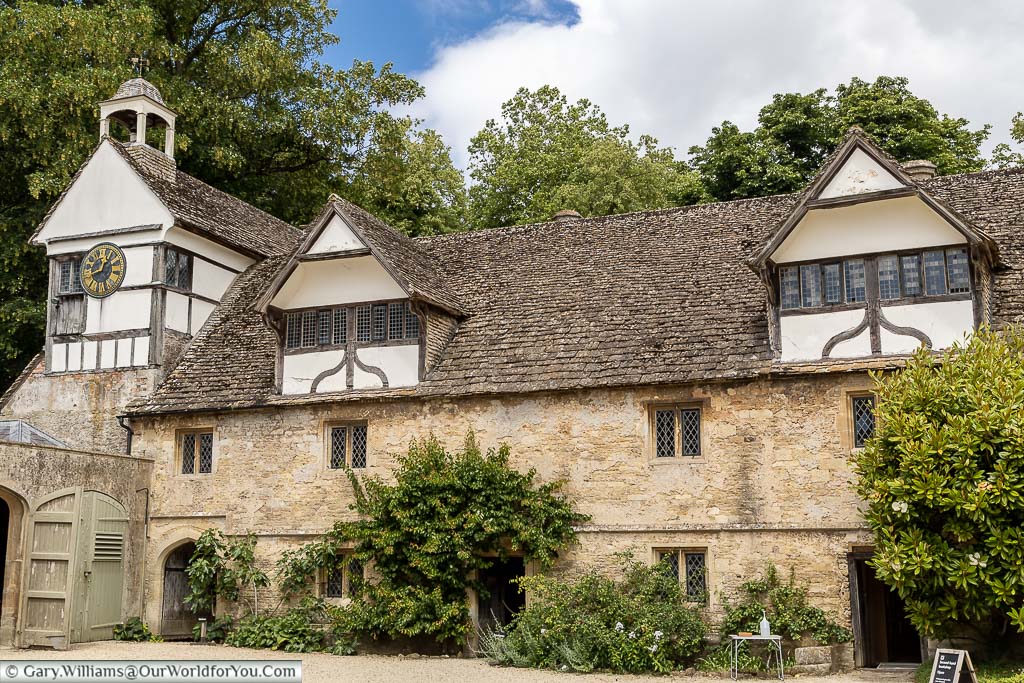
The clock mechanism dates from 1880 and is still wound up by hand today every week. The two weights inside the clock are gravity run and slowly drop over seven to eight days to keep the mechanism turning.
Every week the weights are wound back up by the National Trust team, and incredibly the clock only loses around 1 minute a week. The hands are adjusted so that the ‘dongs’ are accurate, and the job is done for another week.
The Tudor stables have retained most of their original features, including the brewhouse and bakehouse.
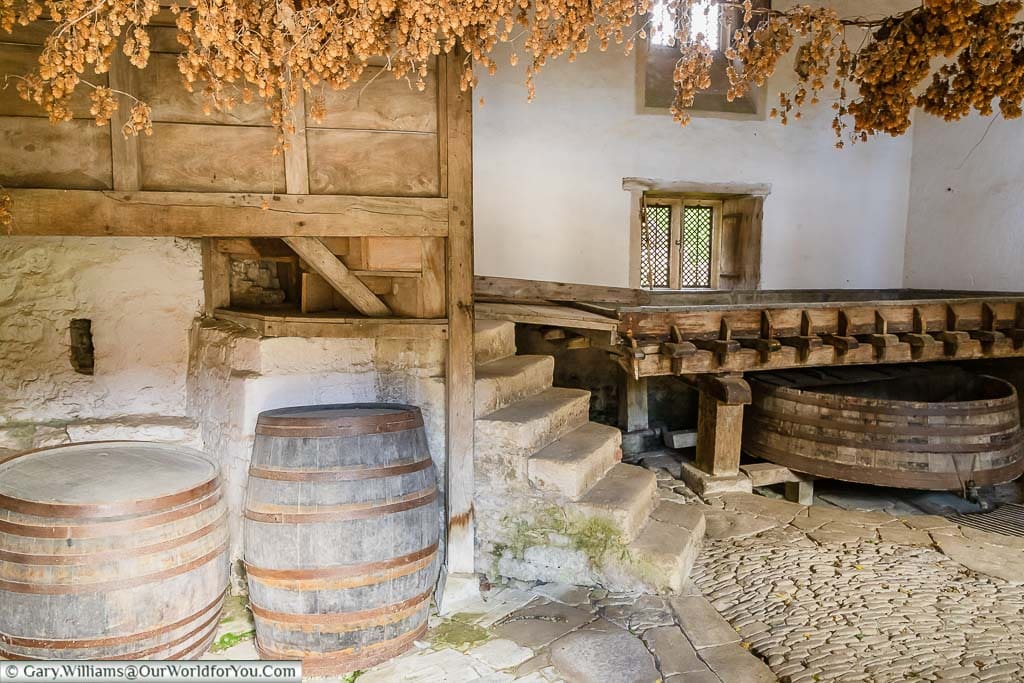
Exploring Lacock Abbey Gardens
Relax in the tranquil surroundings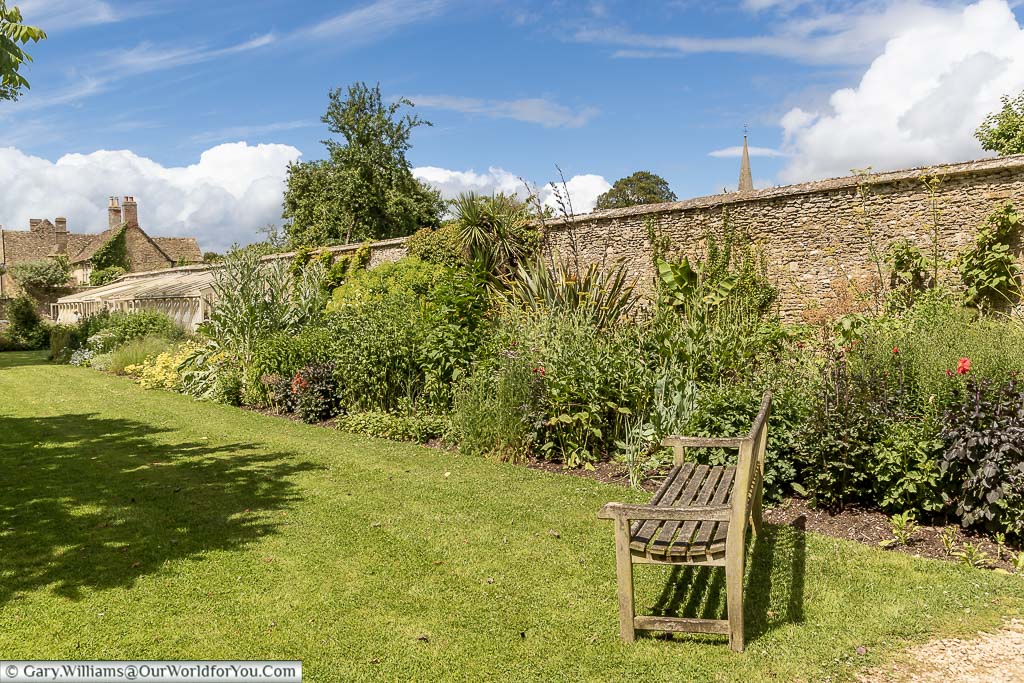
You’re also able to visit Lady Elizabeth’s rose garden, the botanic garden the thoroughly used greenhouses where you’re allowed to step inside. Also, there are lovingly manicured English country garden borders.
Sit back, relax and soak up the peaceful surroundings.
Discovering more National Trust gardens
If, like us, you enjoy visiting the National Trust gardens around the United Kingdom, then grab yourself a copy of the latest ‘Gardens of the National Trust’.
It’s a beautifully illustrated book, and it won’t be long before you’re planning your next trip.
Lacock Abbey on the silver screen
Harry Potter to Wolf HallLacock Abbey is a popular location for filming period dramas, Hollywood classics and, of course, the perfect site for the renowned wizard Harry Potter.
Lacock Abbey has featured mainly in The Philosopher’s Stone and The Chamber of Secrets.
The cloisters in Lacock Abbey doubled as the corridors in Hogwarts on numerous occasions. Various rooms within the ancient convent were used as classrooms at the wizardry school. Professor Snape’s potions classroom and Professor Quirrell’s Defence Against the Dark Arts class.
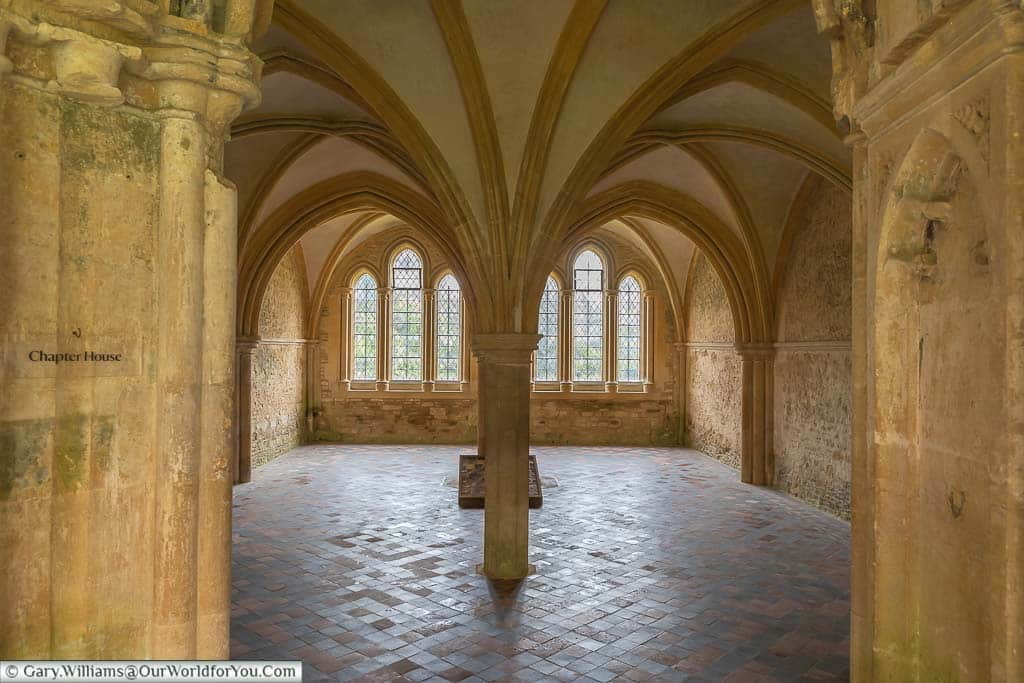
Another of J.K. Rowling’s novels to be filmed in Lacock Abbey was Fantastic Beasts: The Crimes of Grindelwald, starring Eddie Redmayne and Katherine Waterston. This adventure fantasy movie also used the atmospheric rooms around Lacock Abbey cloisters.
A couple of other productions shot at Lacock Abbey were the BBC2 award-winning series The Hollow Crown, starring the wonderful Dame Judi Dench and Benedict Cumberbatch. Also, the BBC’s adaptation of Hilary Mantel’s Wolf Hall.
These are just a few.
* This post may contain links to affiliated sites where we earn a small commission at no additional charge to you.

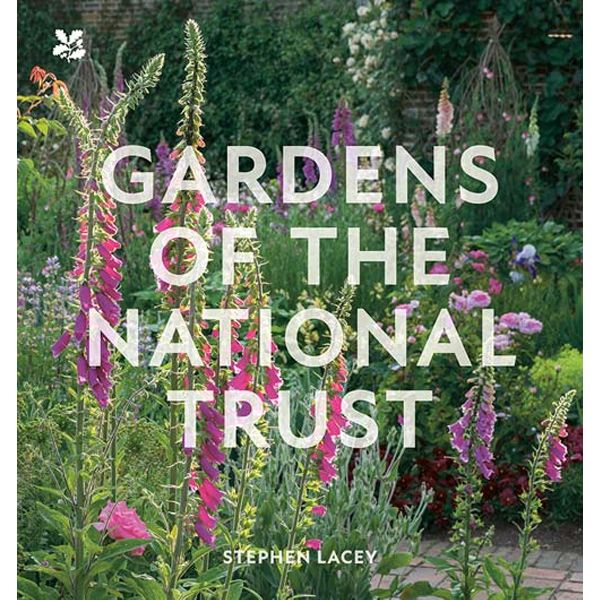

I get no photos when I scroll down which is a shame as I am very interested in the Abbeys and Monasteries of England and Wales
Hi Brian,
Can you tell me what type of device, and the browser, you are accessing the site from?
I have checked from our end on the following devices;
Windows 10 PC – Google Chrome
Windows 10 PC – Edge
Macbook Air – Safari
iPad – Safari
iPhone – Safari
Everything seems okay.
The only thing is the images ‘lazy-load’, which in English means some of the later images load after the rest of the page has completed, so it may take a moment for them to appear.
Let me know if you still have problems, and I’ll see if there is anything else we can do from this end.
Thanks so much for letting us know though; it’s always good to check out any problems we may have with the site.
Kind Regards,
Gary Williams